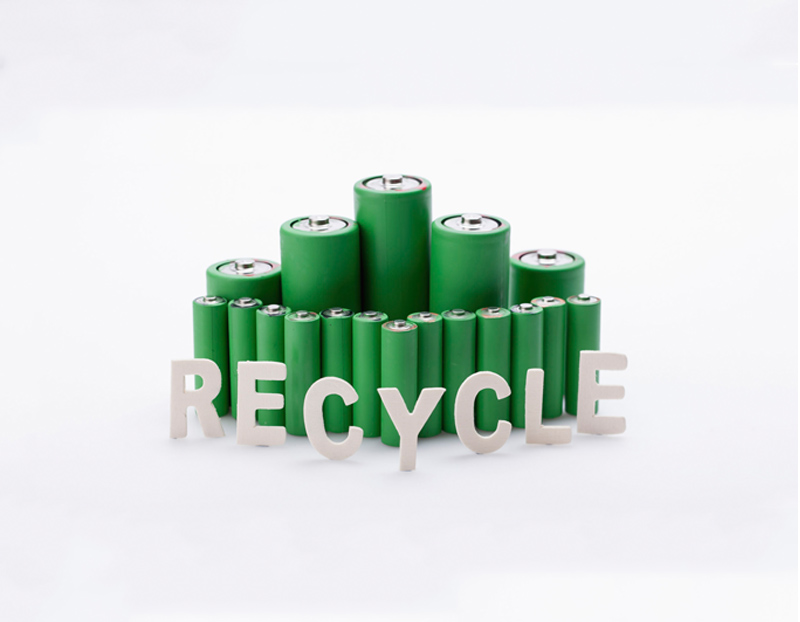Lithium-ion batteries currently have liquid lithium-ion battery (LIB) and polymer lithium-ion battery (PLB) types. Among them, the liquid lithium ion battery refers to a secondary battery in which the Li + intercalation compound is a positive electrode and a negative electrode. The positive electrode employs lithium compounds - lithium cobaltate, lithium manganate, and the negative electrode employs a lithium-carbon intercalation compound. Lithium-ion batteries are ideal energy carriers for development in the 21st century because of their high operating voltage, small size, light weight, high energy, no memory effect, no pollution, low self-discharge, and long cycle life.
In 1992, Sony successfully developed lithium-ion batteries. Its practical application has greatly reduced the weight and volume of portable electronic devices such as mobile phones and notebook computers. The use time is greatly extended. Since lithium-ion batteries do not contain heavy metal cadmium, the pollution to the environment is greatly reduced compared to nickel-cadmium batteries.
Lithium battery pollution is still there, but it is relatively small.
Lithium batteries generally have two appearances: cylindrical and square. The spiral wound structure is used inside the battery, and a very fine and highly pervious polyethylene film is used to separate the positive and negative electrodes. The positive electrode includes a current collector composed of lithium cobaltate (or lithium nickel cobalt manganese oxide, lithium manganate, lithium iron phosphate, etc.) and aluminum foil. The negative electrode consists of a current collector consisting of a graphitized carbon material and a copper foil. The battery is filled with organic electrolyte solution. In addition, a safety valve and a PTC element (partially cylindrical) are installed to protect the battery from damage in abnormal conditions and output short circuit.
The voltage of a single-cell lithium battery is 3.7V (3.2V for a lithium iron phosphate cathode), and the battery capacity cannot be infinitely large. Therefore, a single-cell lithium battery is often subjected to serial and parallel processing to meet the requirements of different occasions.
With the development of the microelectronics technology in the 20th century, miniaturized equipment has been increasing, placing high demands on power supplies. Lithium batteries have subsequently entered a large-scale practical stage. Lithium-ion batteries have been widely used in portable appliances such as laptops, video cameras, and mobile communications because of their unique performance advantages. The development of large-capacity lithium-ion batteries has begun trials in electric vehicles and is expected to become one of the main power sources for 21st-century electric vehicles. It will also be used in sideboard satellites, aerospace and energy storage applications. With the shortage of energy and the pressure of the world's environmental protection. Lithium is widely used in the electric vehicle industry, especially the appearance of lithium iron phosphate battery, which further promotes the development and application of lithium battery industry.
Battery product testing range
| One battery | Ordinary dry cell, alkaline zinc manganese cell, lithium manganese cell zinc silver cell, zinc air Battery, Lithium Iodide Battery... |
| Secondary nickel battery | NiCd, NiMH... |
| Mobile Lithium Battery | Lithium ion, Lithium polymer battery... |
| Various digital secondary batteries | Laptop battery, digital camera battery, camcorder battery, various cylindrical batteries, wireless Communication batteries, portable DVD batteries, CD and MP3 player batteries, tablet battery, etc... |
| Borders: 0px currentColor; border-image: none; | Automotive starter lead-acid batteries, fixed lead-acid batteries, small valve-regulated lead seals Acid battery... |
| Powered Secondary Battery | Batteries for Power Vehicles, Batteries for Electric Road Vehicles, Batteries for Power Tools, Hybrids Power car battery... |
| Range/Region | Certification Project | Product | Test Standard |
| Global | UN38.3 | Lithium Battery | S/SG/AC.10/11 UN Danger Section 38.3 Dangerous Goods Transport Simulation Test |
| EU | CB or IEC/EN Report | Portable secondary batteries and batteries | IEC/EN62133, IEC/EN60950 |
CB | Portable secondary lithium battery and battery | IEC61960 | |
Electric vehicle traction secondary battery | IEC61982,IEC62660 | ||
CE | battery | EN55022,EN55024 | |
North America | UL | Lithium battery cell | UL1642 |
Domestic and commercial batteries | UL2054 | ||
Power Battery | UL2580 | ||
Energy storage battery | UL1973 | ||
FCC | battery | Part 15B | |
Japan | PSE | Sealed small secondary battery | JIS C 8712 |
Lithium batteries and battery packs for portable electronic devices | JIS C 8714 | ||
Russia | Gost | Lithium batteries/batteries | 12.02-007,12-88 |
Korea | KC | Lithium batteries/batteries | K62133 |
Thailand | TISI | Lithium batteries/batteries | TIS 2217-2548(2005) |
Australia | C-Tick | battery | CISPR22, CISPR24 |
China | CQC | Lithium battery for cellular phone | GB/T 18287,GB/T 18288 |
Battery test standards
Environmental testing
Low pressure
Temperature cycling
Thermal abuse
Electric Testing
Rated capacity Discharge performance
Over discharge Over charge
Forced discharge High-rate charging
External short circuit Endurance
Charge relenition and recovery Internal resistance
Environmental testing
Vibration
Mechanical shock
Free fall
Crush
Impact
Electrostatic discharge
EMC testing
Electrochemical analysis
Battery materials analysis
